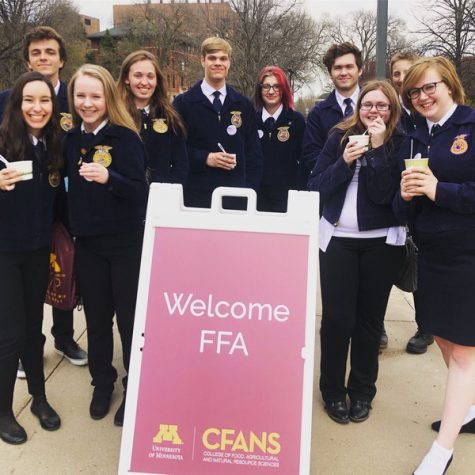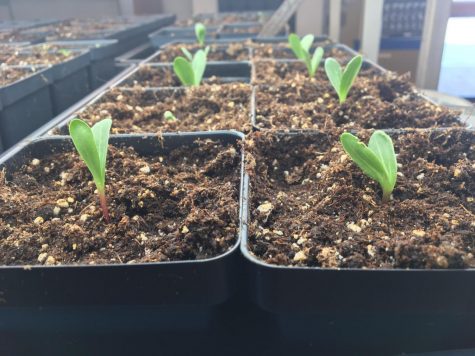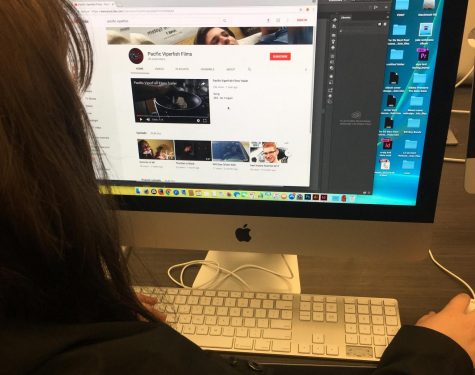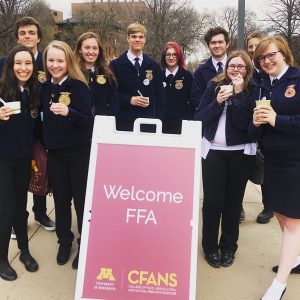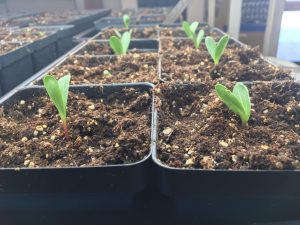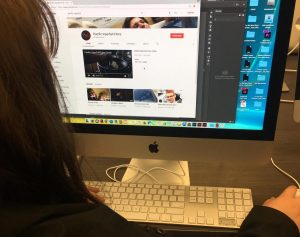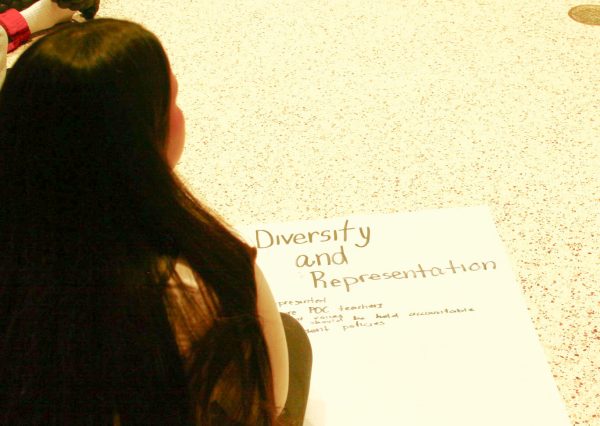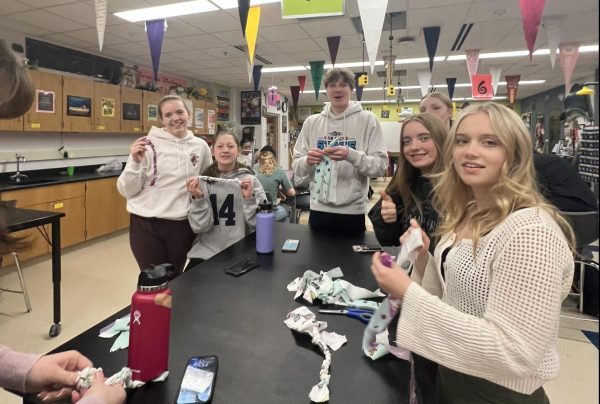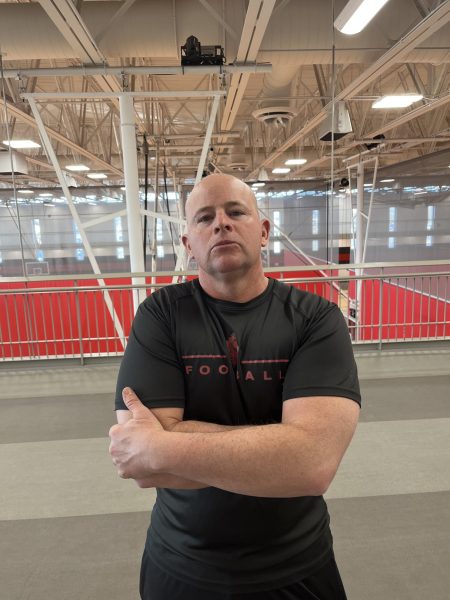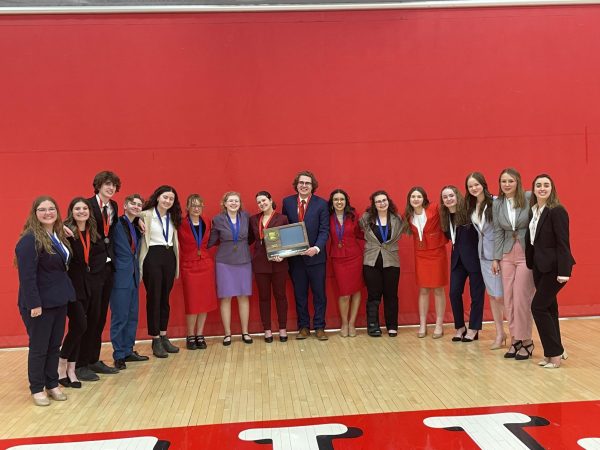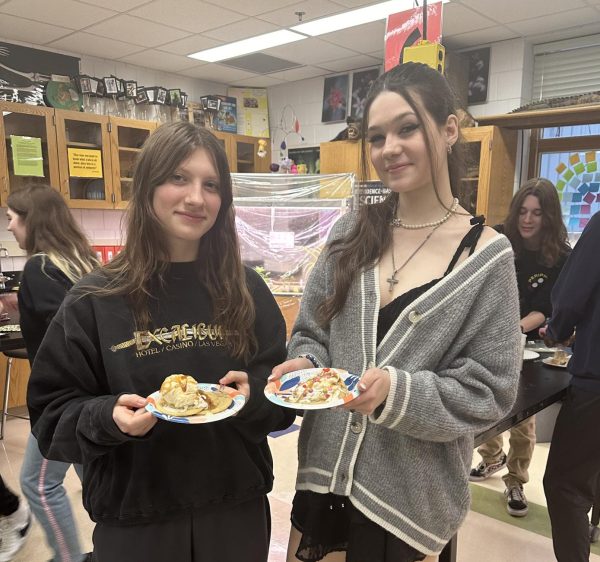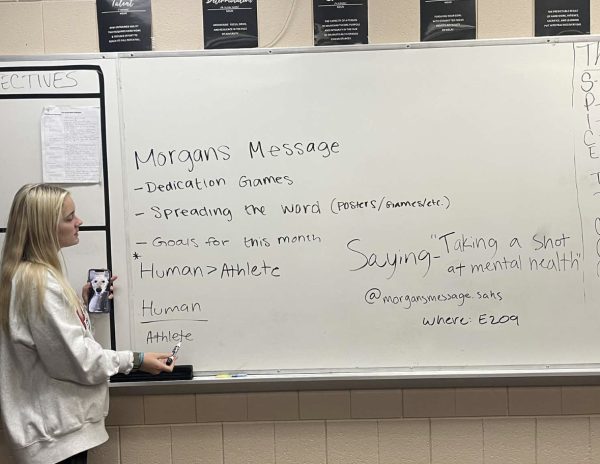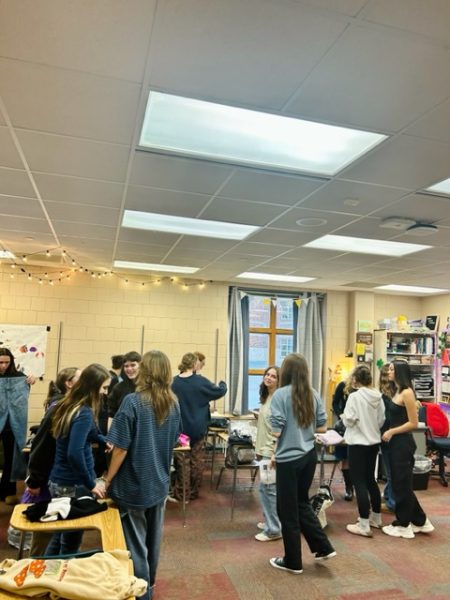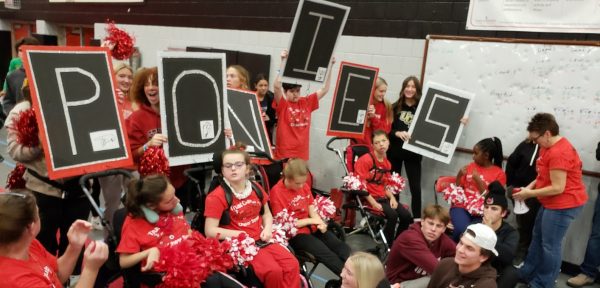Fish and Wildlife students recieve hands-on experience
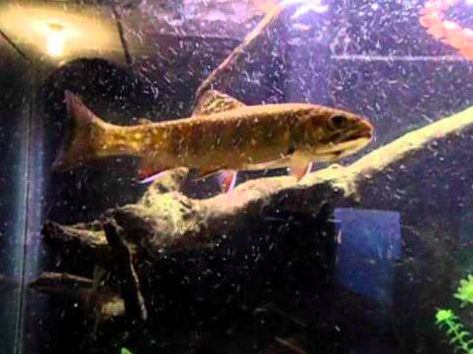
Week old Trout swim in Weaver’s trout tank marking the beginning of the breeding season. Many precautions need to be taken to make sure the trout grow healthy and strong for release in the spring.
March 10, 2020
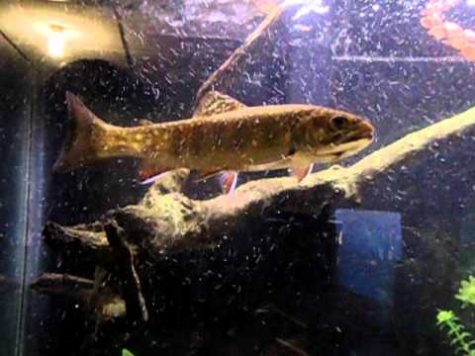
Week old Trout swim in Weaver’s trout tank marking the beginning of the breeding season. Many precautions need to be taken to make sure the trout grow healthy and strong for release in the spring.
Passion for animals is so common that the school has an entire Fish and Wildlife class dedicated to them. Fish and Wildlife has been a staple of elective sciences for several years and is dedicated to teaching students about the local ecosystem and about Minnesota’s fish, birds and mammals.
“We’ve focused on identification. We focus on habitat, we focus on feeding, we take a look at management topics, So we expect people to know what the animals are, and we also expect them to get some hands on experience with things both in the ELC with some of our small mammals and during our project with the fish,” Glenn Boettcher, Fish and Wildlife teacher said.
For the past several months, the class has been raising rainbow trout as part of a more hands on form of education.
Beottcher said this program began five years ago when the Minnesota Board of Education began giving out grants to do projects similar to this and Stillwater applied.
After being accepted Boettcher explained, “They provide us with one aquarium and filter. There is also a chiller, so that you get the right temperature. And they also work with the DNR to provide us with eggs.”
The program is very hands-on and requires a lot of work from all involved.
“Everything from ammonia to nitrites and nitrates and dissolved oxygen, pH…all of that stuff. [The students] also have to feed the fish careful amounts depending on their size, monitor the water temperature, and work to ensure the trout are healthy,” Boettcher said.
We’ve focused on identification. We focus on habitat, we focus on feeding, we take a look at management topics, So we expect people to know what the animals are, and we also expect them to get some hands on experience with things both in the ELC with some of our small mammals and during our project with the fish.
— Glenn Boettcher
The objective of this project is to give students a hands on experience with wildlife. Experience that can hopefully spark a passion for this subject of study and can help the students with their careers.
“This will be where they can actually see a lot more of the connections between all of the parts of the system. It is the filter, it is the water temperature, the water quality, the dissolved oxygen, the size of the fish, the length of the fish, and they can see that it’s real and that the impact they are connecting to something that is not going to just be a project handed in for a teacher to grade,” Boettcher said.
This hands-on style of learning seems to be popular with students in this class as well.
“I definitely enjoy it. I’m a fish keeper myself, so having the chance to to take care of one of our native species was something that I was very happy about,” senior Arron Mozey said.
“For the most part, everyone seems to like it,” sophomore Dylan Stickan said.
By giving students hand on experience and helping them build a passion for something they really care about and could use in the future, this program seems to embody the motto of our school. We learn not for school, but for life.
For students who take this class, “they’re going to have a huge asset on their applications that resume that they know that they didn’t just take a class. They did real things, and that hopefully will help them as they move on into what they’re going to do,” Boettcher said.


